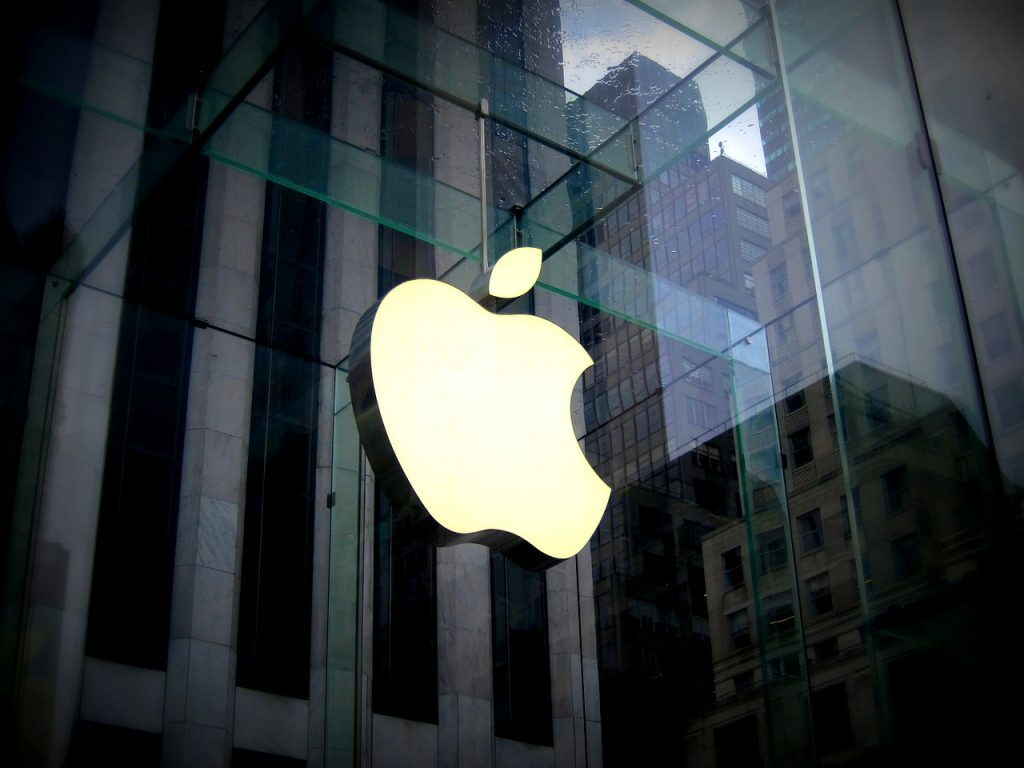Last month Apple dropped a bombshell on the tech world when it announced it was ditching Intel’s chips in favour of its own processors. It’s monumental for a number of reasons, not least of which is the ending of the 13-year relationship with the world’s largest chipmaker which helped propel Apple on its decade-long stock market stratospheric run.
When CEO Steve Jobs announced in 2005 that Apple would shift over to Intel’s processors, it was a strategic masterstroke. To understand why, we need a quick refresher on the nature of computer software development – which will become even more relevant later. For any software to run on computers, it needs to be written for the actual hardware it runs on. If your microprocessor design is different, which Apple’s was at the time from Intel’s, it means software developers need to produce a second set of code for that hardware.
When 95% of the world’s computer’s run Windows, there is very little incentive to rewrite your computer program (as they were once called) for the tiny market share that Apple held. But, if Apple’s computers ran Intel’s chips, then the amount of work required for such programs to work on Macs was significantly less. Suddenly lots more software was being written for Apple than ever before. This was part of the Second Coming Of Steve Jobs, as it’s sometimes called, a strategic masterstroke that yielded huge rewards.
From Intel in Macs, to the iTunes Store, to the truly groundbreaking iPhone (launched in 2007), to opening up the iPhone to installing apps, and building the App Store; Jobs drove Apple’s innovation and its eventual triumph at the first US$1-trillion company in 2018.
But the real engine of that growth was the iPhone, whose mobile operating system (iOS) was running on one-billion devices by 2016. And part of its success has been the wide range of apps that do everything from check your email/messages/news/weather to run our businesses and lives. Mobile development has long overtaken desktop computing for prestige and popularity and sheer market size. Apple’s App Store may have fewer overall customers of Google’s Android Play Store, but iOS customers have already bought a premium device and are more likely to buy apps and subscribe to in-app purchases.
Both the iPhone and iPad use A-series chips Apple has been making for a number of years is based on a different architecture to Intel’s. Known as ARM, it is the chip design predominantly used by the smartphone industry. Mobile chips need to be more powerful while using less power – which is how they are designed to perform.
Apple has reportedly been upset at the slow pace of change from Intel with its processors, compared to the annual upgrade that happens with Apple’s A-series chips (and nearly annual Qualcomm ARM releases). It’s another sign of how the mobile industry has profoundly influenced the desktop era that spawned it.
While the iPhone has given Apple nearly two-thirds of its profit, it has also produced an enormous app store that has created a whole new category of software and made fortunes for intrepid software programmers.
And now, by switching to its own A-series chips for its desktop computers, all of those mobile apps can run on the MacBook Pro and Air, the iMacs and Mac Minis. Suddenly the Macs have many more apps available, while developers can sell their apps to more customers – without having to rewrite them for a different architecture.
It’s a big deal and has sent shockwaves through the computer industry. s a strategic masterstroke Steve Jobs would be proud of. Haven’t seen Apple wag its tail like this for years.
This article first appeared in Financial Mail




